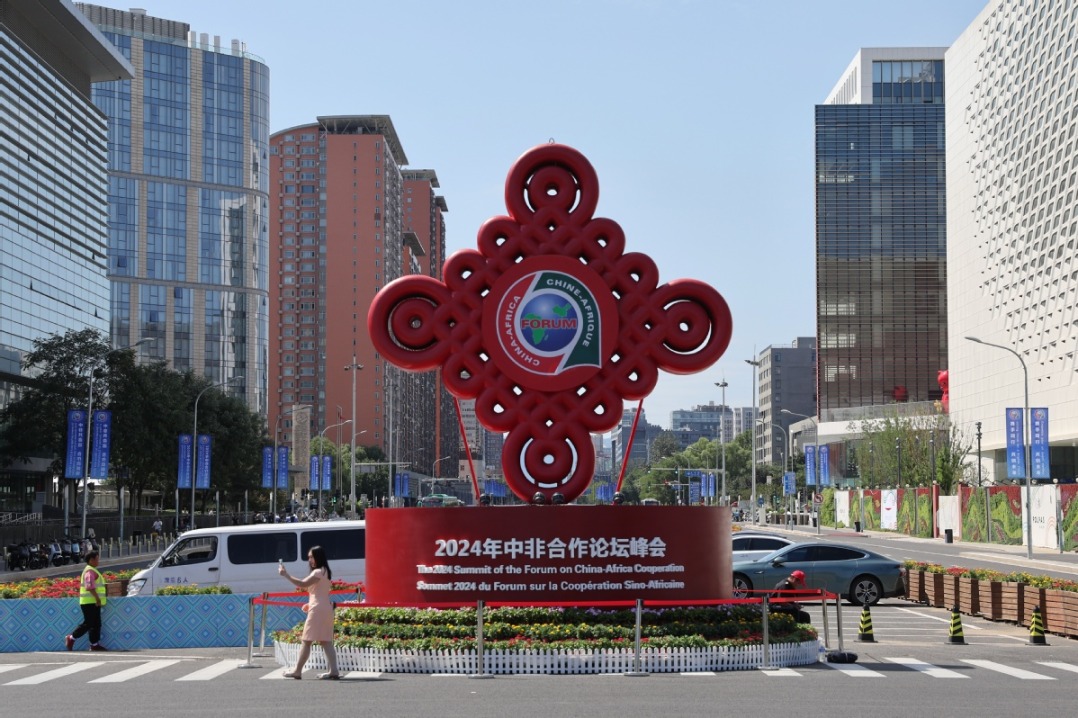How to invest well amid volatility
By Shi Jing | China Daily | Updated: 2023-12-18 09:15

For retail investors in China, commodity markets seem far less familiar than, say, equities and bonds. Even forex and bullion seem preferable. That's because trading in commodities is usually in millions of yuan. Worse, higher volatility, perceived risks and the need for expertise make investing in commodities appear daunting.
Still, a little understanding of the dynamics and mechanics of commodity markets could go a long way in dispelling myths, fears and misperceptions about investing.
The first point to note is that fluctuations in commodity prices will ripple through the economy. Rise in raw material prices inflates costs for manufacturers, which will push up the producer price index for industrial products.
To secure profits, manufacturers will raise the prices of end products, which will in turn result in higher readings of the consumer price index, the other indicator more familiar to ordinary people.
Any surge in the CPI will squeeze consumers' purchasing power, which will shrink demand for manufacturers' end products. The government will have to raise interest rates to tame any runaway inflation as signaled by the surging CPI.
The side effects of rising interest rates have been visible in a large number of developed economies over the past few years: higher financing costs for both consumers and companies, which suppressed demand in general. And, of course, higher interest rates will also affect share prices.
A closer look would reveal that prices and supply of metals and mineral resources will affect the stability of the global industrial chain, which is especially important as technology has been playing an increasingly pivotal role these days. The prices of food and agricultural products are closely related to national security.
On the other hand, the commodity markets can indicate in advance economic or societal changes that may be on the way. For example, prices of poly-silicon, an important raw material, are an indicator of the current state and future prospects of the photovoltaic industry. Similarly, prices of lithium cobalt oxide have implications for the automotive industry as the raw material is widely used in the production of batteries for new energy vehicles.
Prices of such raw materials can serve as decent indicators of both potential near-term investment opportunities in the green sector and the stage reached by the green transition.
Gold, which is more accessible to ordinary investors, can mirror the market sentiment and risk appetite — a rule known to more people. We have seen the precious metal's prices touch new highs several times over the past few years. It seems the uptrend may continue. It can be thus inferred that investors are not that willing to take risks for the time being.
Although volatility in commodity prices has risen over the past few years, there is, luckily, a clearer pattern in commodity markets: the upward curve of a bullish market is relatively sharper for commodities while the bearish performance usually lasts longer.
All these are important references and constitute key aspects of the big picture, hence also important for serious long-term investors. That's because holding on to the right investment trajectory amid various uncertainties is the simplest logic, which will largely increase the success rate.
























